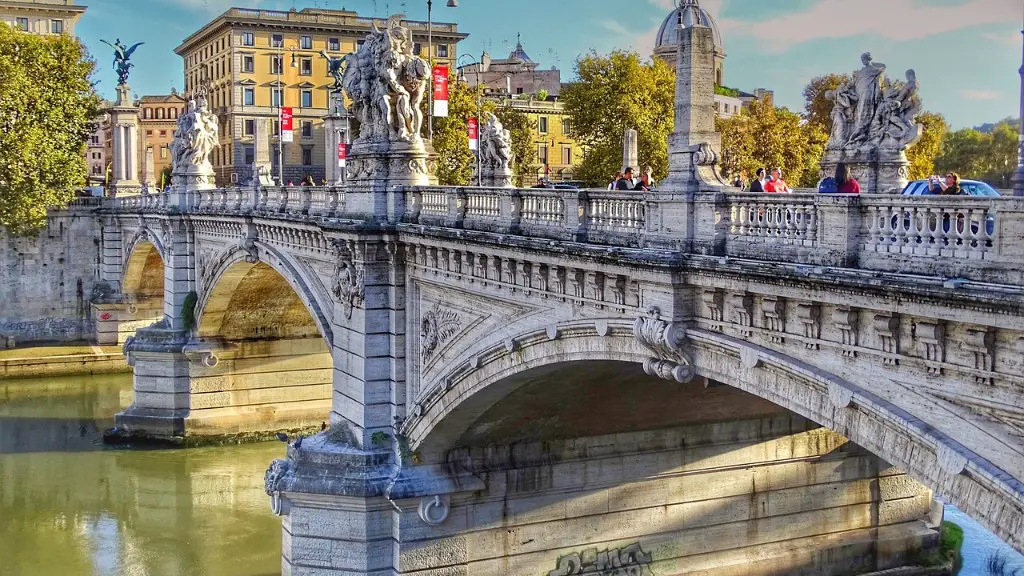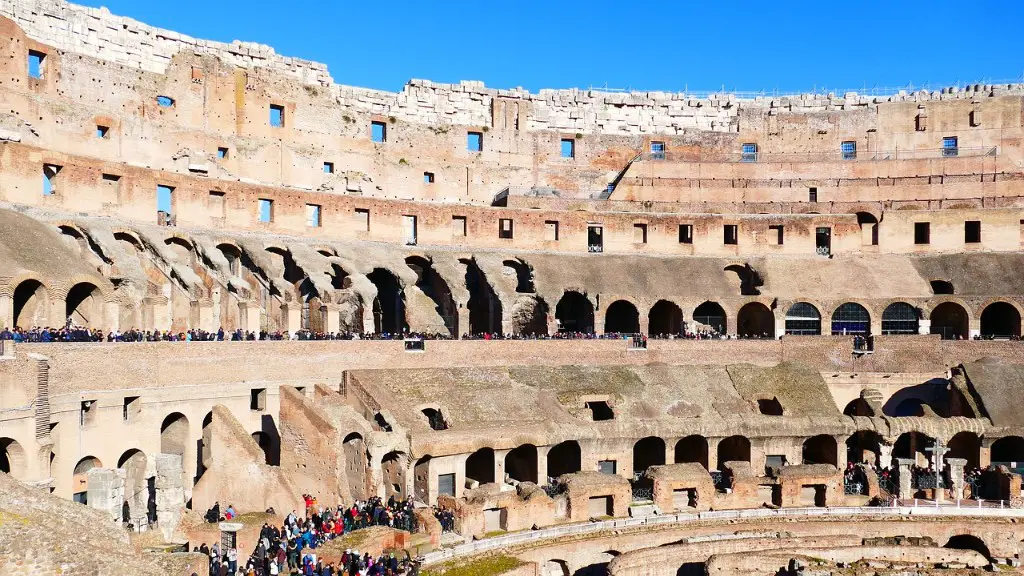The Roman Empire was one of the great empires of the world. However, it eventually fell. There are many theories about why this happened. One theory is that the ancient Romans died out because they became too complacent and did not adapt to changes in the world around them. Another theory is that the Roman Empire was simply too large and complex to be governed effectively. Whatever the reasons, the fact is that the Roman Empire fell and the ancient Romans are no longer with us.
There are a number of theories about why the ancient Romans died out, but the most likely explanation is that they simply couldn’t keep up with the changing times. Around the 4th century AD, the Roman Empire was starting to crumble, and by the 5th century it had completely collapsed. Many scholars believe that the Roman Empire fell because it was simply too big and too difficult to manage. another theory is that the Romans were simply outcompeted by the more nimble and adaptable Germanic tribes that were moving into their territory. Whatever the reason, the fact is that the ancient Romans simply couldn’t keep up with the changing world around them and eventually faded away.
Who destroyed Roman civilization?
The Visigoths were a Germanic tribe who sacked Rome in 410 CE. Led by Alaric, they breached the walls of the city and looted, burned, and pillaged their way through the streets. The destruction they left in their wake was extensive, and the plundering continued for three days. This was a major blow to the Roman Empire, and the Visigoths proved to be a formidable foe.
The decline of Rome is often attributed to the barbarian invasions. A large number of barbarian groups repeatedly attacked both eastern and western empires, including the Visigoths, Ostrogoths, Vandals, Huns, Franks, and Alans. While there is no single explanation for the decline of Rome, the barbarian invasions no doubt played a significant role.
How quickly did Rome fall
The fall of the Roman Republic was slow and painful, lasting over a period of two and a half centuries. The ancient city of Rome, according to tradition, was founded in 753 BCE. It wasn’t until 509 BCE, however, that the Roman Republic was founded.
Invasions by barbarian tribes were one of the main reasons for the fall of the Western Roman Empire. For centuries, Rome had been losing military battles to Germanic tribes, and by the 300s, these “barbarians” had infiltrated the Empire’s borders. The Goths were one of the most successful of these groups, and their invasion in 410 was a major blow to Rome. The Empire never recovered from this, and over the next few centuries, it slowly fell apart.
How tall were the Romans?
The average lifespan for a man in the Ancient Rome’s times was about 40. The average height was shorter than today’s Romans: around 5’5”.
1) The British Empire was the largest empire the world has ever seen. The British Empire covered 1301 million square miles of land – more than 22% of the earth’s landmass. The empire had 458 million people in 1938 — more than 20% of the world’s population.
Did Christianity cause Rome to fall?
Christianity may have played a role in the fall of the western half of the Roman Empire, but it was not the sole cause. Rome fell in 476 CE, but the Empire itself continued on in the eastern half.
Caesar’s assassination was motivated by several factors. Firstly, there were ongoing tensions between Caesar and the Senate. Secondly, many people feared that Caesar planned to claim the title of king and overthrow the Senate. Thirdly, personal jealousies also played a role.
What caused the Dark Ages
The Dark Ages in Europe were a period of great turmoil and change. The Roman Empire weakened due to multiple invasions, and the power of the Catholic Church increased. Feudalism and feudal kings rose to prominence, and society became more segregated.
The Middle Ages are often said to be dark because of a supposed lack of scientific and cultural advancement. However, there were many notable achievements during this period, including the development of Gothic architecture, the founding of the first universities, and the rise of chivalry. Feudalism was the dominant political system of the Middle Ages, and it had a significant impact on the social and economic development of this period.
Who was the last Roman emperor?
Odoacer’s kingdom markes the end of the Western Roman Empire. Romulus Augustus is the last emperor of the empire and is deposed by Odoacer. This event also signals the beginning of the Middle Ages.
The Roman Empire was primarily a polytheistic civilization, which meant that people recognized and worshiped multiple gods and goddesses. The main god and goddess in Roman culture were Jupiter, Juno, and Minerva.
Who succeeded Julius Caesar
Gaius Julius Caesar Octavianus was the great-nephew and adopted son and heir of Julius Caesar. After the assassination of Julius Caesar, Augustus Caesar formed the Second Triumvirate along with Mark Antony and Marcus Aemilius Lepidus. Augustus Caesar was the first Roman Emperor and one of the most influential figures in world history.
The Roman Empire was very successful and this was partially due to the fact that they had a religion that involved the worship of many gods. There was a Roman priest responsible for making sure that the proper rituals were carried out in order to please the gods. This showed that the Romans were doing something right in terms of their religion and it helped them to achieve great things.
How tall was Jesus?
The average height of a man today is about 5 feet 9 inches, but in the past it was much different. The average height of a man in the 1800s was about 5 feet 5 inches tall. This was due to a number of factors, including nutrition and environmental conditions.
Rome’s military expansion played a significant role in the city’s economic development. Enslaved people and loot were brought back to Rome, which generated new wealth and transformed the city. Roman culture also benefited from the new influx of people and ideas.
What was the average lifespan of a Roman
Longevity has been on the rise over the course of history. In the Roman Empire, life expectancy at birth was only 25 years. However, by the Middle Ages, it had increased to 33 years. And by the early 1900s, it had reached 55 years. These trends appear to be continuing, with life expectancy continuing to rise. This is likely due to advances in medicine and improvements in living conditions.
The British Empire was the largest empire in human history and at the peak of its power in 1920, it covered an astonishing 1371 million square miles – that’s close to a quarter of the world’s land area. In 1913, 412 million people lived under the control of the British Empire, 23 percent of the world’s population at that time. The British Empire was a truly global empire, with possessions in every continent.
Warp Up
The ancient Romans died out because of a combination of factors, including political, economic, and military problems. In addition, the Roman Empire was simply too large to be sustainably governed by a single ruler, and internal strife eventually weakened it to the point where it was vulnerable to external attack.
The ancient Romans died out due to a number of factor including disease, war, and economic decline.





